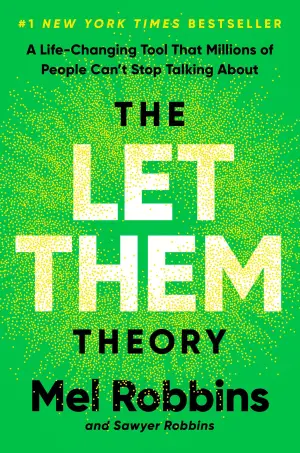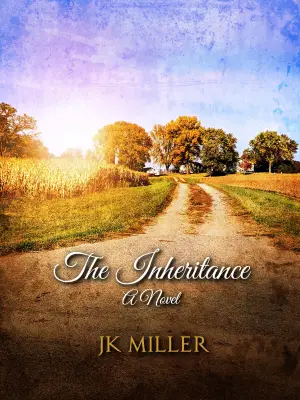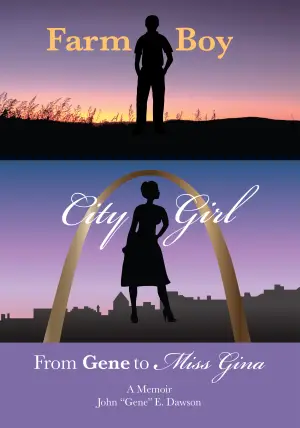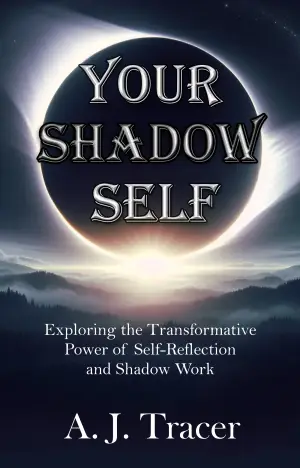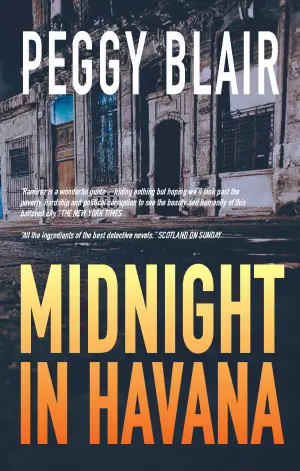Review of The Other Boleyn Girl by Philippa Gregory
Ah, The Other Boleyn Girl. I first encountered the enigmatic Anne Boleyn through this book, and my fascination turned into a years-long infatuation. It’s remarkable how one character can capture the imagination so fiercely—only to be steeped in controversy and distortion. Gregory, the author, has crafted a novel that is as delightful as it is infuriating, a mixture that often leads to the best of literary discussions.
From the outset, The Other Boleyn Girl presents a tantalizing portrait of the Tudor court, focusing on the volatile dynamics between Anne and her sister, Mary. While many might read this narrative as a mere tale of ambition and betrayal, I found it to be a complex exploration of familial ties—though perhaps Gregory’s depiction didn’t quite meet the historical bar. I, for one, couldn’t help but feel annoyance at how Gregory distilled Anne into a scheming villain while rendering Mary as a fragile pawn. This simplification betrays the true essence of their stories; both sisters played intricate roles in a dangerous game of courtly love and political survival.
Gregory’s writing style, while engaging, sometimes veers into soap opera territory. The pacing can be dizzying, filled with melodrama that occasionally obscures the real stakes at play. As I navigated the twists and turns of royal flirting and treachery, I couldn’t shake the feeling that this narrative should have belonged to a more nuanced historical interpretation rather than sensationalism.
The contrast between Anne’s character and Mary’s is so stark that I began to resent Gregory’s version of events, which depicted Anne as carelessly arrogant while almost sanctifying Mary. In reality, neither sister was blameless in this complex web—they were both calculated players in a ruthless court. I found myself wishing for a deeper exploration of Anne’s intellect and humanity rather than the caricature presented here.
Gregory does shine in her portrayal of Henry VIII, capturing the latent complexity behind his spoiled-boy antics. Henry is depicted as a ruler haunted by insecurities—no simple villain, but a man clashing egos with the tide of history. Still, I would argue that he deserves more than a one-dimensional portrayal, as well. It’s this layering of characters that fuels debates about their real-life counterparts.
Despite my frustrations, I appreciated how the world of Tudor England was brought vividly to life. The contrasts between the fiery passion of Anne and the political intrigue of the court made colorful reading. As I immersed myself in these pages, I couldn’t help but remember Natalie Dormer’s brilliant portrayal of Anne in The Tudors. She embodied Anne with such breathtaking authenticity; I often found myself craving that depth in Gregory’s prose. Dormer’s performance seemed less like acting and more like a conjuring, a vivid reminder of the nuance missing from this novel.
In the end, I walked away from The Other Boleyn Girl with mixed emotions. While I found the book entertaining, it felt at times like a smear campaign against Anne, who deserved much better than this. Perhaps Gregory’s depiction of her was an unfortunate yet significant concoction of contemporary bias meeting historical interpretation.
For those who enjoy a dramatic retelling and can overlook its historical inaccuracies, this book might well be a thrill ride. However, if you seek a more nuanced exploration of these pivotal figures, I would suggest exploring other historical novels that present a richer tapestry of the Tudor era. Ultimately, reading this book sparked a fire in me to delve deeper into Anne’s true story—a legacy that is far richer and more potent than what Gregory offered.
What remains undeniable, however, is that Anne Boleyn’s tale—flawed and complex—will forever stir my imagination, reminding us that history is often more riveting than fiction itself.
Discover more about The Other Boleyn Girl (The Plantagenet and Tudor Novels… on GoodReads >>

